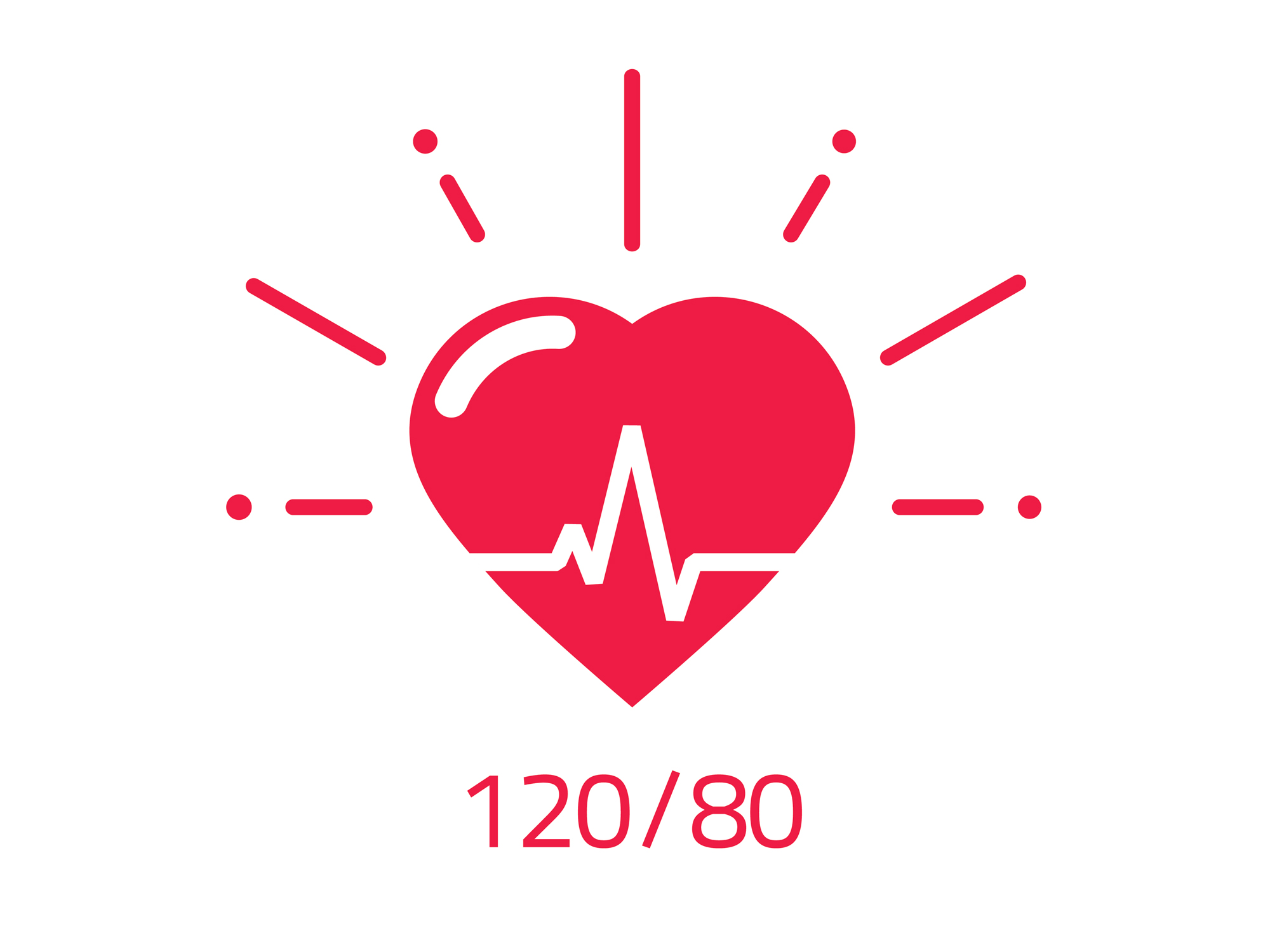Get Easy Health Digest™ in your inbox and don’t miss a thing when you subscribe today. Plus, get the free bonus report, Mother Nature’s Tips, Tricks and Remedies for Cholesterol, Blood Pressure & Blood Sugar as my way of saying welcome to the community!
7 drug-free ways to get better blood pressure

High blood pressure is a sneaky silent killer.
You may not even know that you have it until you have a heart attack or stroke and then it can be too late.
In fact, elevated blood pressure is one of the most important risk factors of cardiovascular disease. And, while it’s a common myth that if you have high blood pressure you’ll experience headaches, nosebleeds, anxiety and facial flushing, the truth is that most people have no symptoms at all to warn them of the danger.
That’s why it’s vital to have your blood pressure checked regularly so that you can quickly take action to respond to any changes and nip blood pressure problems in the bud. But don’t be so quick to jump on the drug bandwagon…
There are a number of ways to get better blood pressure readings. These include:
- Losing the extra weight – Losing just 10 pounds (4.5 kilograms) can help reduce your blood pressure.
- Getting regular exercise – Just 30 minutes most days of the week — can lower your blood pressure by 4 to 9 millimeters of mercury (mm Hg).
- Improving your diet – Eating a diet that is rich in whole grains, fruits and vegetables can lower your blood pressure.
- Decreasing alcohol consumption – Drinking as little as one or two alcoholic drinks a day can raise your blood pressure.
- Kicking the habit – Cigarette smoking raises your blood pressure.
- Reducing Stress – Chronic stress is an important contributor to high blood pressure. Use meditation, deep breathing and regular exercise to de-stress and lower your blood pressure.
Fortunately, though, getting better blood pressure readings isn’t all hard work and sacrifice — and that takes us to number 7…
Sauna-away your high blood pressure
A new study from the University of Eastern Finland is offering up one very relaxing tool in the battle against high blood pressure — the sauna. And depending on how often you can frequent one, you could decrease your hypertensive risk quite substantially…
Now this study involved 1,621 middle-aged men living in the eastern part of Finland — and followed them for 22 years. Those enjoying a trip to the sauna 2-3 times a week experienced a 24 percent decrease in hypertension, and those going 4-7 times a week had a reduction of 46 percent.
It turns out that sauna bathing can lower your blood pressure through a number of different biological mechanisms…
For starters, saunas help you relax. Calming your body and your mind has an obvious impact on your blood pressure.
Secondly, saunas help you sweat, which removes excess fluid from your body, further decreasing blood pressure.
But perhaps the most impactful way using a sauna can lower your blood pressure is its effect on your blood vessels…
During sauna bathing, your body temperature rises, causing your blood vessels to dilate. When blood vessels dilate, they get bigger allowing your blood to flow more freely. Regular sauna bathing also improves endothelial function — the function of the inside layer of your blood vessels.
But what if you don’t have access to a sauna or the time to go several days a week?
The blood vessel vitamin
No worries. There are nutrients that can support your endothelial function in much the same way…
Vitamin K2 keeps your blood vessels elastic by safeguarding elastin, a protein that keeps vessel walls pliable. Too much calcium damages existing elastin and inhibits the new production of it.
And then there’s grape seed extract. It’s one of a special class of plant nutrients that increases a cellular messenger in the lining of your blood vessels called nitric oxide. When you activate nitric oxide, it relaxes the smooth muscles of your arteries and dilates your blood vessels. This allows for blood to flow freely at low pressure.
So to get similar effects all you need to do it…
- Get more vitamin K2 in your diet. The best sources are kale, natto (a Japanese food that is essentially fermented soybeans and is the highest dietary source of vitamin K2), aged and curd cheese (Gouda has highest K2), egg yolks and organ meats (like liver).
- Help your body produce more nitric oxide by eating more beets.
- Consider supplementing grape seed extract and K2.
Editor’s note: Did you know that when you take your body from acid to alkaline you can boost your energy, lose weight, soothe digestion, avoid illness and achieve wellness? Click here to discover The Alkaline Secret to Ultimate Vitality and revive your life today!
Sources:
- What are the Symptoms of High Blood Pressure? — American Heart Association
- High blood pressure (hypertension) — Mayo Clinic












